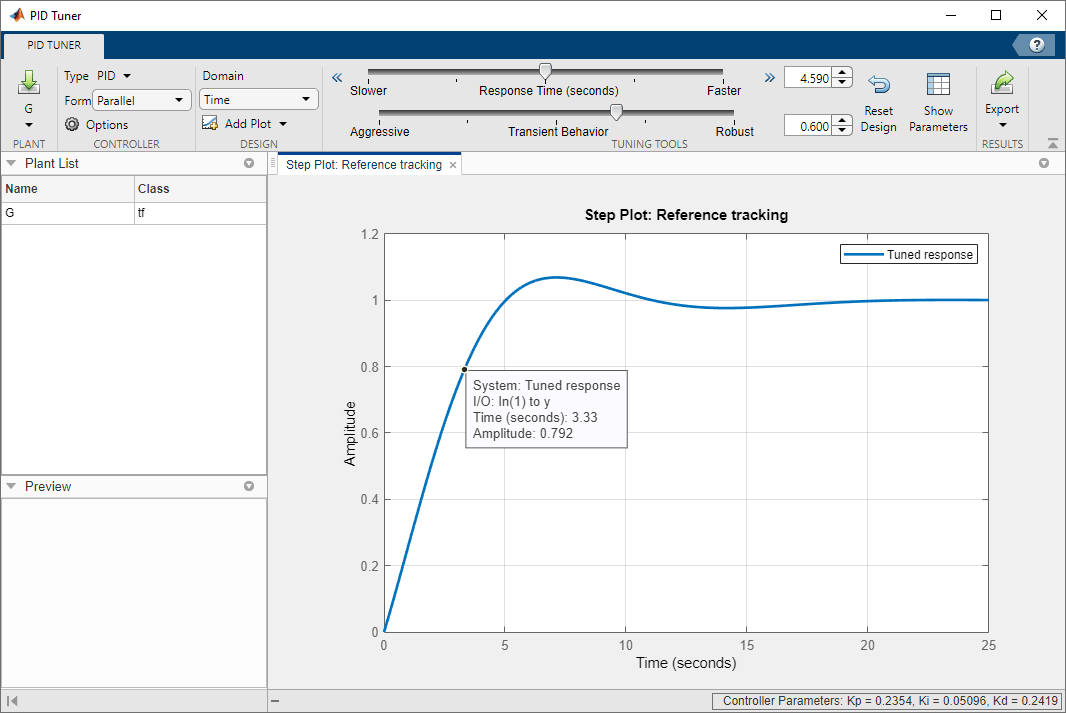

The autotuning procedure is excited by the setpoint relay which steps the setpoint up or down. The diagram below outlines the process used by the PID Autotuning VI:

This is a heuristic method that will iterate the PID values until the system has reached a tuned state. If the autotuning did not set any change in the PID gains, the PID gains out values will be the same as the PID gains input.Īdditional InformationThe PID Autotuning VI uses the Ziegler-Nichols tuning method. Once the autotuning is complete, the function will output better PID values if the algorithm was able to find any. When the PID Autotuning VI runs, it will excite your controller and force it to adapt to the changes in your process variable. You'll also need to provide starting PID values, output limits, a setpoint, and a process variable. PV Noise Level - Estimate the noise level that will be included in the process variable.Keep in mind that faster response will result in higher overshoot which may not be desirable. Control Specification - This specifies how the systems will respond.This number will ideally be set so that the each oscillation period takes at least twenty control cycles. Relay Amplitude - Specifies the step change of the current setpoint up or down.

This will be more pronounced in slower systems. Your results will be more precise with more cycles but will require more time to execute.


 0 kommentar(er)
0 kommentar(er)
